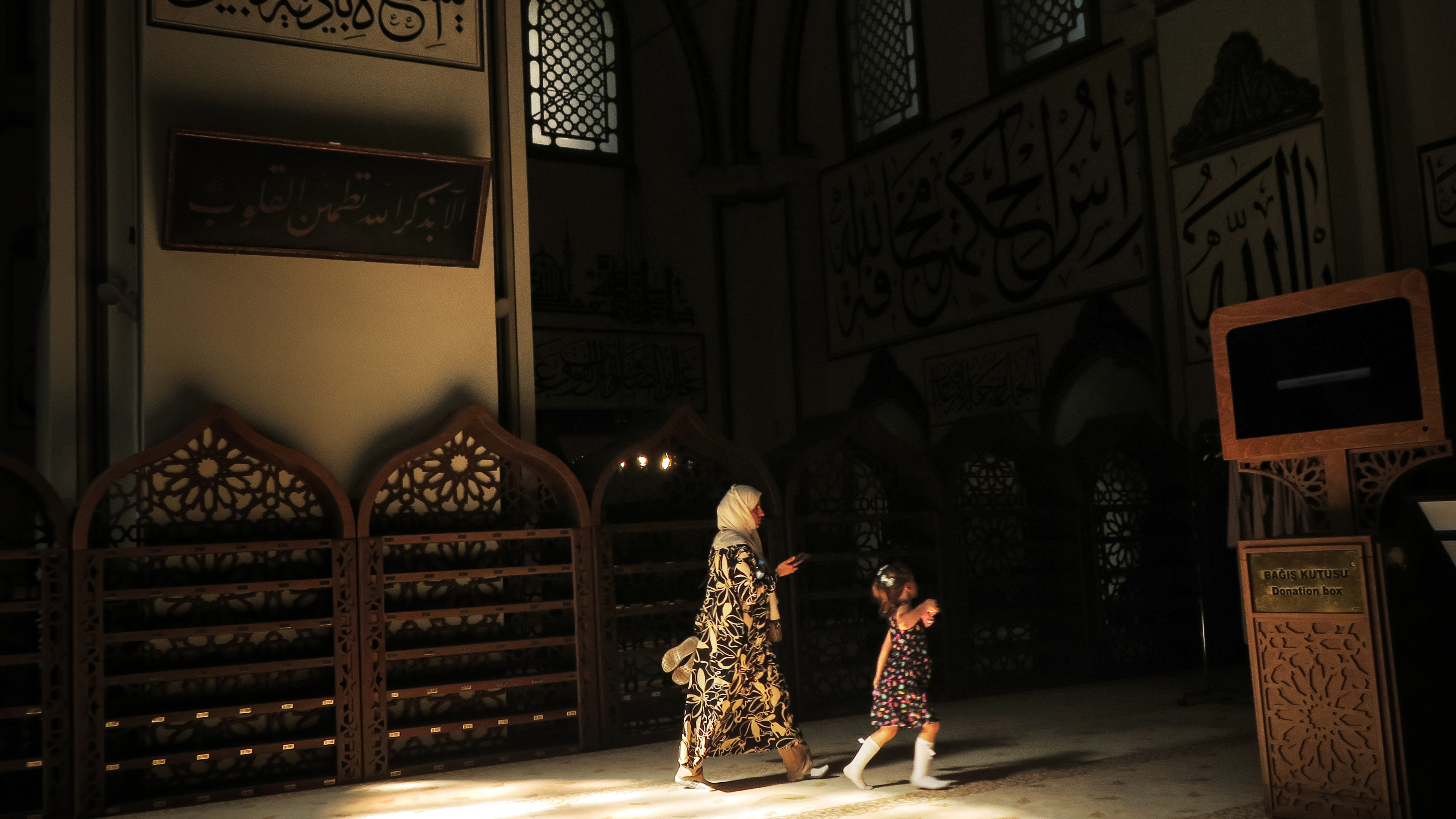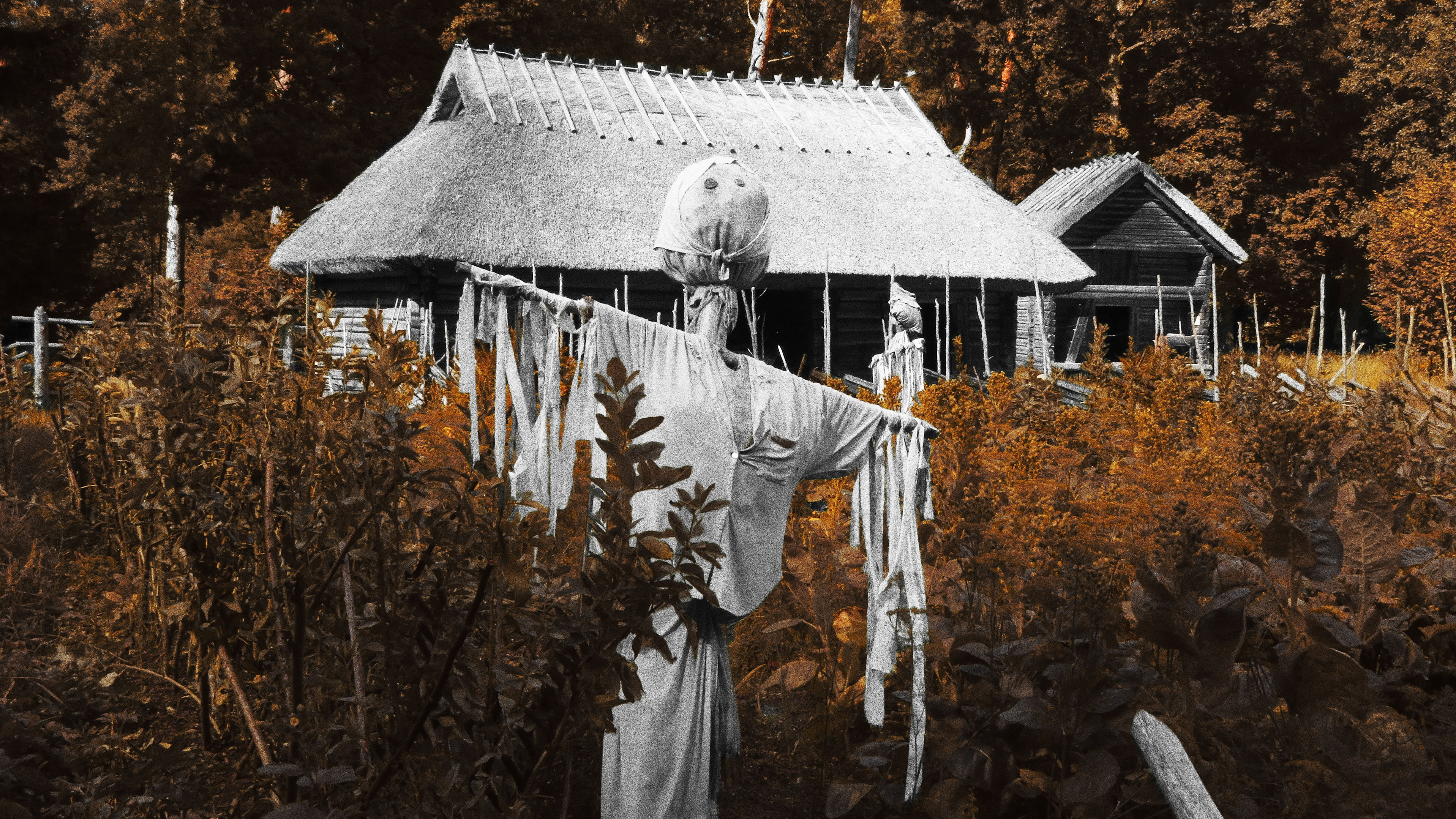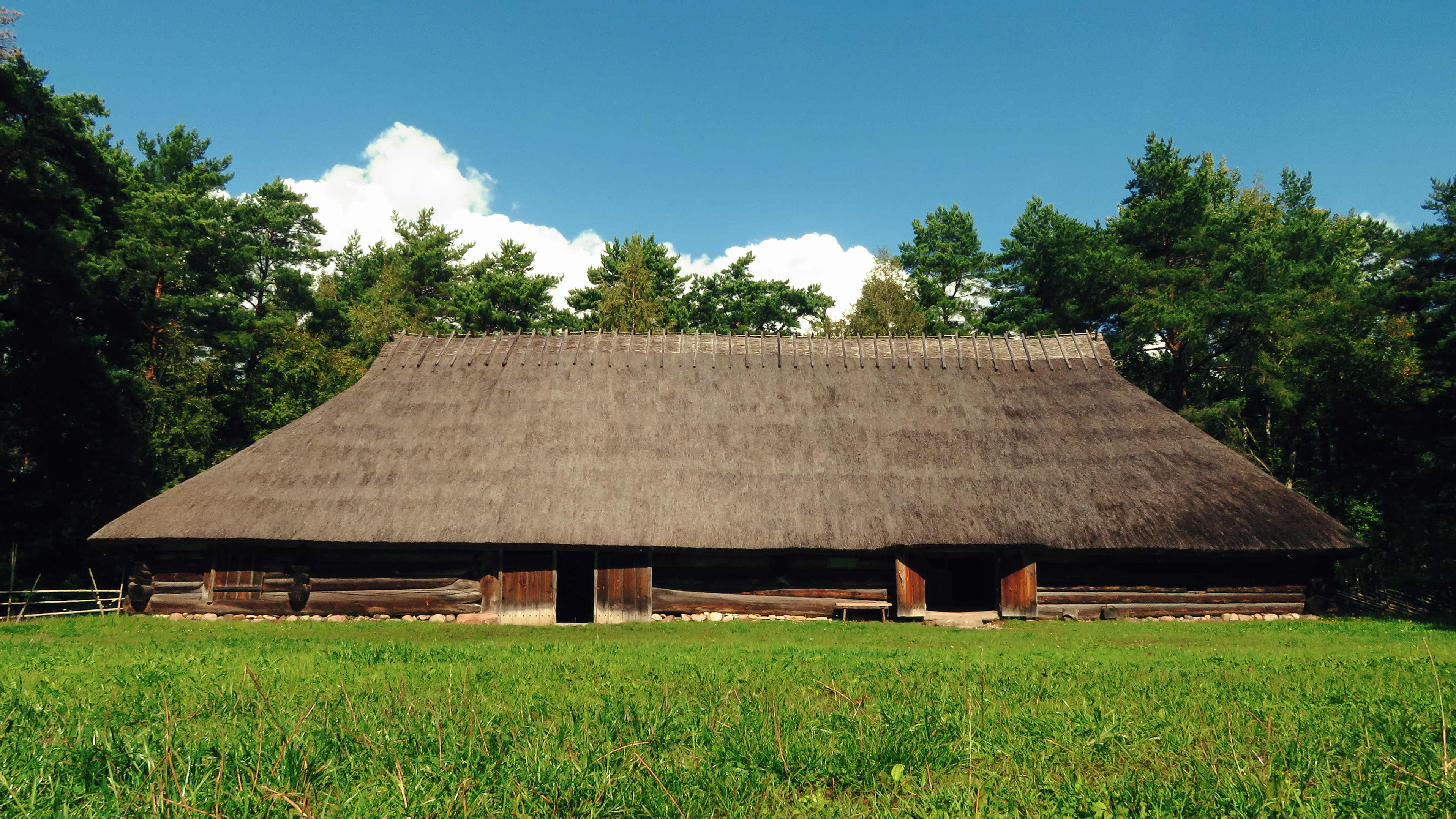Water of the Mountain
This photo was taken in Wadi Bani Khalid, a valley in eastern Oman known for its clear natural springs and mountainous beauty. Nearby lies a small village where residents have repeatedly declined government offers to build modern infrastructure such as healthcare centers or transportation networks. Their refusal is not out of denial, but out of a conscious effort to protect their landscape, their culture, and their way of life.
Despite limited access to public services, the villagers continue to walk along narrow waterways that carry water from the mountains — a lifeline shaped by nature and preserved through generations. In a world rapidly transforming, this community stands as a quiet form of resistance: one that values continuity over convenience, and identity over infrastructure.
In contrast to the exploitative systems faced by migrant workers in urban centers, this village represents a different kind of struggle — not for freedom, but for integrity of place and tradition.


